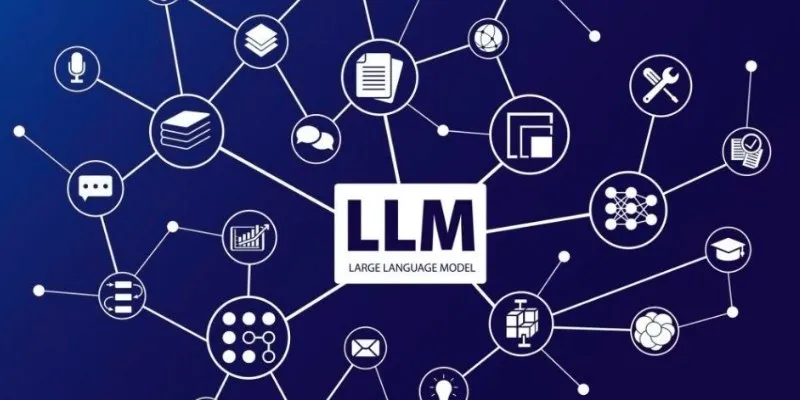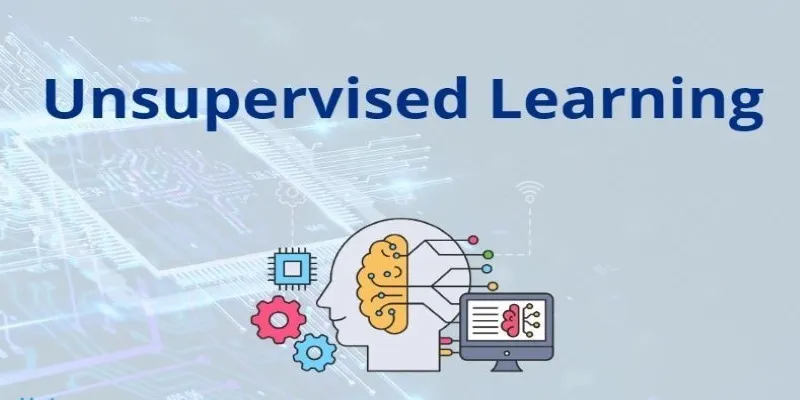Robotic Process Automation (RPA) technology is revolutionizing how businesses operate daily. By automating rule-based, repetitive tasks, companies can significantly reduce the need for human intervention in activities like data entry, billing, and report preparation. RPA tools enable businesses to cut costs and improve efficiency, allowing teams to focus on more valuable tasks.
In today’s competitive landscape, companies of all sizes are exploring automation software solutions to boost productivity. RPA minimizes manual errors, thereby enhancing accuracy. This increased operational speed frees up critical staff time, making RPA a smart investment for businesses aiming for higher productivity and lower costs. Implementing robotic process automation solutions could transform your company’s daily operations.

Understanding the Core of RPA Technology
Robotic Process Automation involves software that simulates human actions in digital tasks, without the need for physical robots. RPA uses bots that interact with digital systems, performing tasks like copy-pasting, moving files, gathering data, and clicking. These bots can operate concurrently across several applications, adhering to specific guidelines set by business users or developers. Many tools offer simple bot construction using drag-and- drop interfaces.
RPA bots are tireless, consistent machines that approach tasks the same way every time, speeding up processes and enhancing accuracy. While companies commonly use RPA to expedite daily tasks, it also integrates with other technologies, providing a solid foundation for digital transformation. Its ability to handle high-volume activities with fewer errors offers significant benefits for companies.
How Does RPA Work Within a Business Process?
RPA seamlessly integrates with existing systems, reading screens just like a human. Bots log on, enter data, validate forms, and more, all following guidelines and logic based on processes. Companies can train bots to manage HR records, invoicing, orders, and emails. Bots operate according to schedules or triggers, automatically managing tasks as needed. Every RPA action is tracked, ensuring accountability and generating files for auditing and evaluation.
Bots work in the background without disrupting users and can be easily stopped or updated. Deploying RPA doesn’t require advanced coding knowledge; templates allow IT teams or business users to create bots quickly. As tasks increase, RPA can scale rapidly, with bots being cloned or assigned more work. By reducing reliance on human availability, companies become more agile.
Key Business Benefits of RPA Implementation
RPA can significantly reduce costs by automating high-volume tasks, cutting labor and overtime expenses. It also accelerates processes, with tasks that once took hours now completed in minutes. RPA tools follow stringent logic, reducing human errors and greatly improving data accuracy. Employees can redirect their time to more challenging assignments, increasing job satisfaction by reducing repetitive tasks. Additionally, RPA supports compliance standards by ensuring rule-based consistency and maintaining logs, which is crucial for industries with strict regulations.
Scalability is another advantage, as businesses can easily add more bots to meet increasing demand. RPA works well with older systems, avoiding costly upgrades by overlaying existing tools. With bots handling simple queries, customer service improves, allowing agents to focus on more complex support. Overall, robotic process automation techniques enable faster, more consistent methods, leading to strong customer satisfaction, quicker service, and better quality outcomes.

RPA Use Cases Across Different Industries
RPA benefits various sectors, including finance, logistics, and healthcare. In finance, bots manage data reporting, loan processing, and billing, allowing banks to process payments faster with fewer errors. Healthcare uses bots for claims processing and patient records management, enhancing service speed and accuracy. In retail, bots handle returns, update inventory, and log consumer feedback and orders. Logistics companies use bots to track goods and schedule deliveries.
RPA streamlines customs forms and document inspections and aids in payroll and onboarding in HR departments. Insurance companies leverage bots to process claims and verify information, while manufacturing companies use them to monitor supplier networks. In education, bots manage student information and grades. By increasing speed and accuracy, businesses experience fewer errors and faster results. As RPA continues to evolve, more industries discover its value, paving a clearer path towards digital transformation through automation solutions.
Integrating RPA With AI and Other Technologies
RPA excels in structured, rule-based tasks, but its capabilities expand significantly when combined with artificial intelligence. AI allows machines to understand unstructured data and natural language, with bots advancing over time through machine learning. This combination, known as Intelligent Automation, enables bots to analyze documents, read emails, and respond to inquiries. Chatbots integrate RPA with AI to provide more efficient customer support.
Companies use this integration to automate decision-making and enhance predictive analytics. When combined with OCR, bots can scan documents and extract crucial information. RPA also connects with ERP systems and cloud services, ensuring seamless data flow across multiple systems. This integration reduces interferences between systems and departments, ensuring consistency. As AI tools proliferate, RPA systems become more robust, offering companies more flexible, intelligent automation that opens new creative and efficiency opportunities.
Challenges and Best Practices in RPA Adoption
Adopting RPA comes with challenges. Poor planning can delay outcomes, so selecting the right processes to automate is crucial. RPA may not suit complex or evolving tasks, and some tools require training for proper operation. Changes in systems necessitate different maintenance for bot operations. Addressing employee concerns, such as fears of job loss, is another challenge. Clear communication is vital, emphasizing that bots assist rather than replace staff.
Ongoing support is essential, with companies monitoring output and quickly addressing errors. Regular evaluations ensure bots remain effective. Choosing a reliable vendor is important, as good support and training simplify RPA implementation. Businesses that adhere to best practices achieve better results, enjoying smoother automation paths and avoiding costly mistakes. Success depends on preparation, education, and collaboration.
Conclusion
RPA technologies offer businesses a smarter way to manage daily tasks, enhancing accuracy, reducing costs, and speeding up processes. Automation software solutions help companies save time and streamline operations across various fields. By freeing staff from repetitive tasks, robotic process automation solutions boost efficiency, allowing them to focus on more valuable work. When combined with artificial intelligence, RPA unlocks even more potential. With careful planning and strong support, RPA can be incredibly beneficial. Automated businesses are better positioned for growth and digital transformation.
 zfn9
zfn9






















